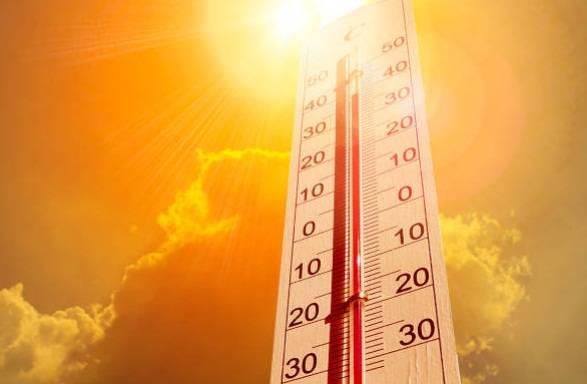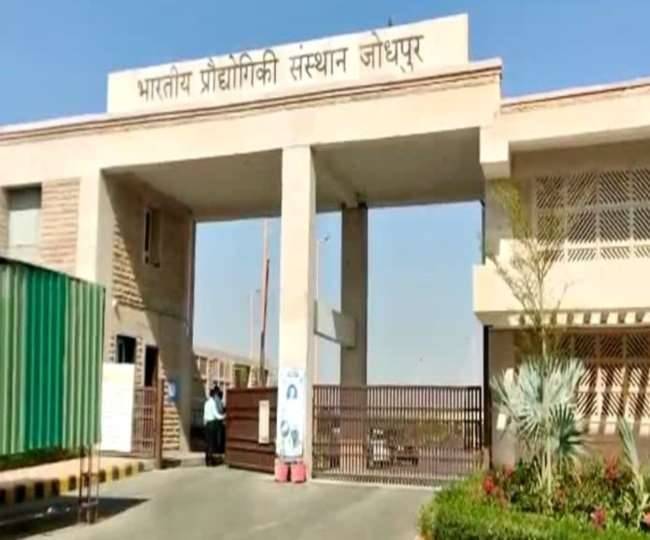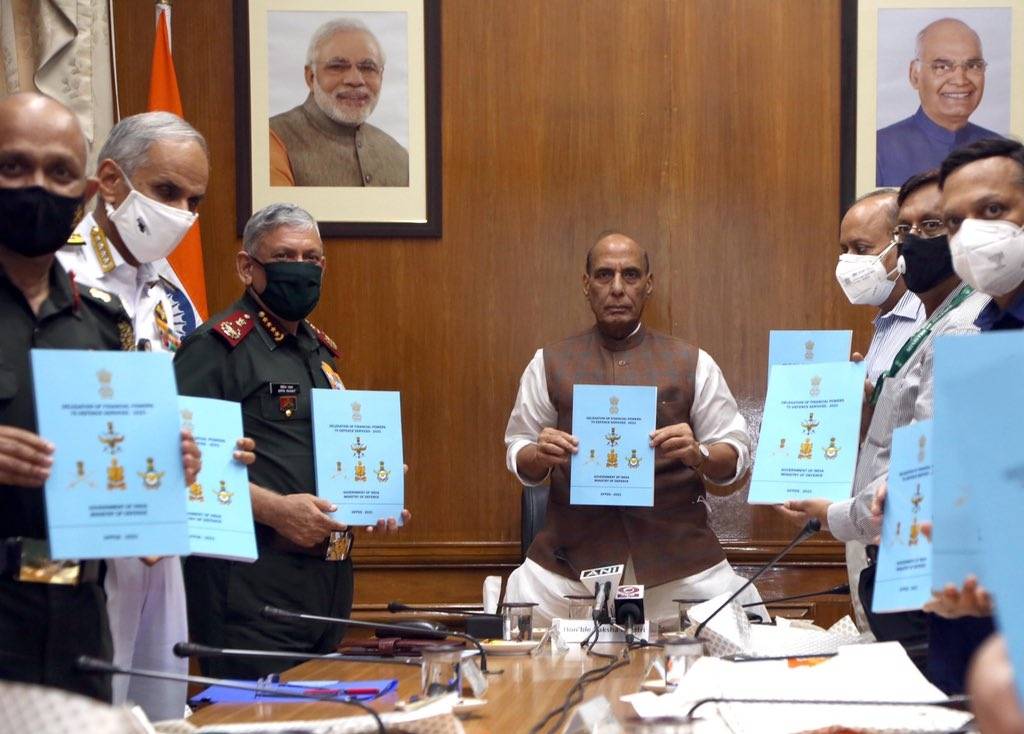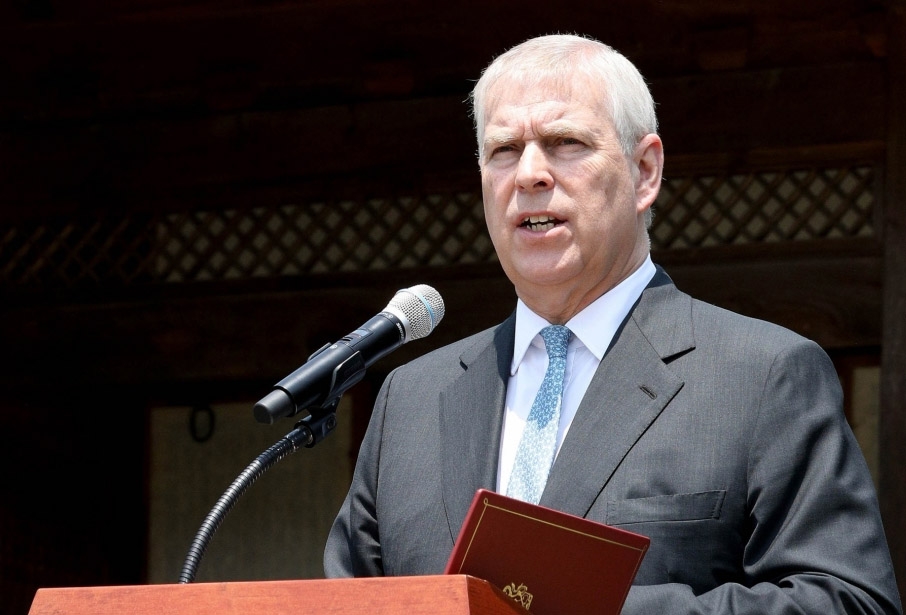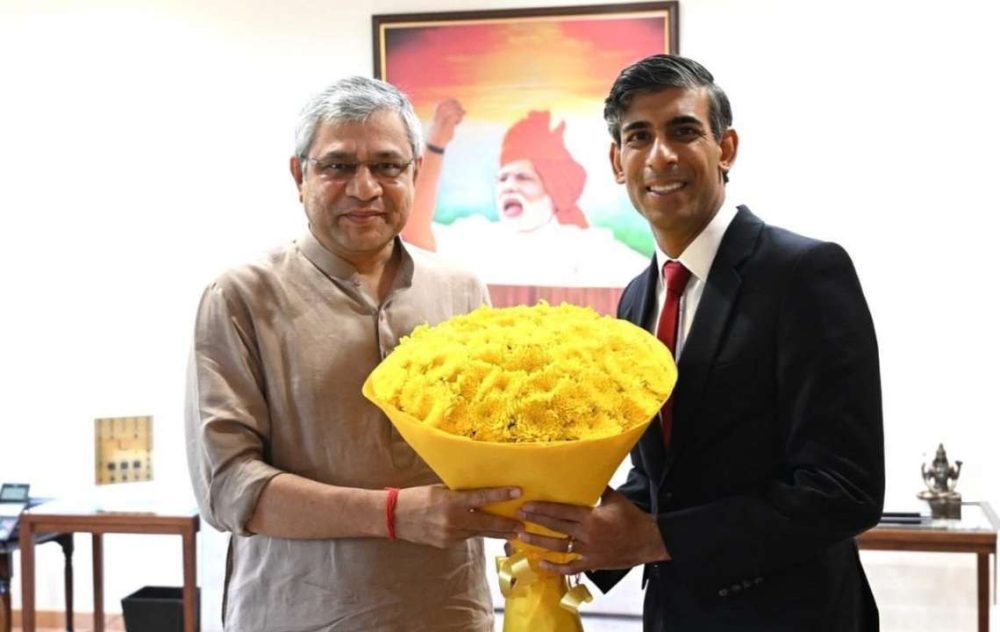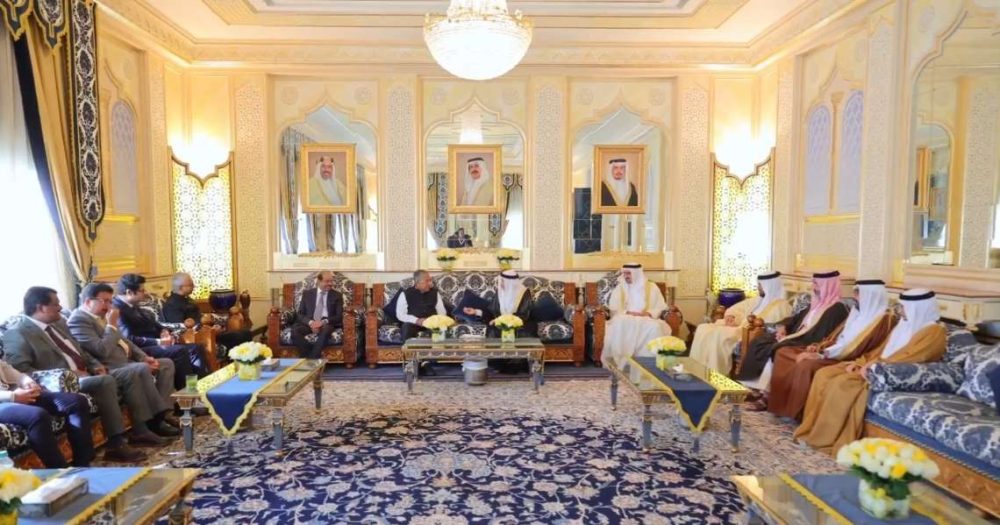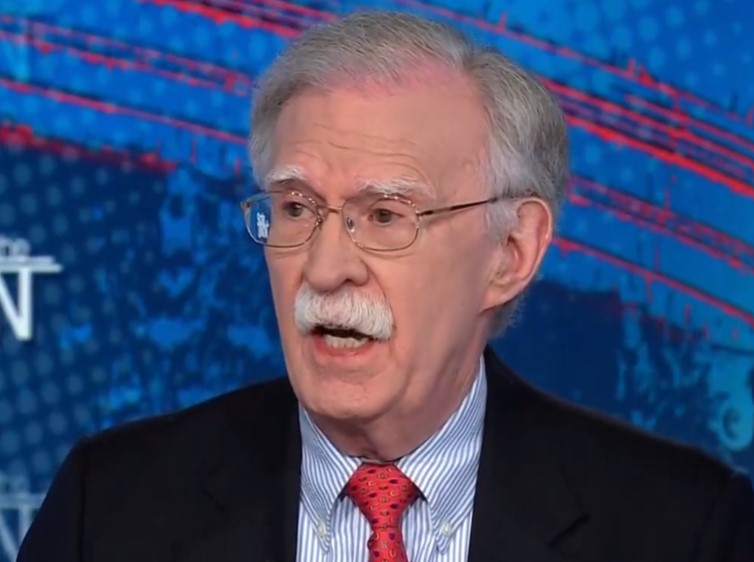The study showed a shift in the spatio-temporal trend of heatwave events from the eastern region of Gangetic West Bengal and Bihar to North-Western, Central and South-Central region of India…reports Asian Lite News.
North-Western, Central, and South-Central regions of India are the new hotspots of intense heatwave events over the past half century, said a study which found an increase in deadly Indian heatwaves in recent years.
The study also highlights the need for developing effective heat action plans in the three heatwave hotspot regions with a focus on different vulnerabilities among the inhabitants, a Science and Technology Ministry release said on Tuesday.
Heatwaves have emerged as a deadly health hazard, claiming thousands of lives across the globe in recent decades, with episodes strengthening in frequency, intensity, and duration in the past half century in India as well. This has caused severe impacts on health, agriculture, economy, and infrastructure.
“In such a scenario, it is extremely important to identify the most heatwave vulnerable regions of the country to prioritise immediate policy intervention and stringent mitigation and adaptation strategies,” said the study, published in the International Journal of Climatology.
A team of researchers led by Prof R.K. Mall and others, including Saumya Singh and Nidhi Singh from the Banaras Hindu University’s Department of Science & Technology’s Mahamana Centre of Excellence in Climate Change Research (MCECCR) studied the change in spatial and temporal trends in heatwaves and severe heatwaves over the past seven decades in different meteorological subdivisions of India. This work was supported under the Climate Change Programme of the Department of Science and Technology, the release said.
The study showed a shift in the spatio-temporal trend of heatwave events from the eastern region of Gangetic West Bengal and Bihar to North-Western, Central and South-Central region of India. The research also observed an alarming southward expansion and a spatial surge in severe heatwave events in the last few decades that may put a greater population at additional risk of heat stress in a region already characterised by low diurnal temperature range (DTR), or the difference between the maximum and minimum temperatures within one day and high humidity.
Importantly, the heatwave/severe heatwave events were found to be positively correlated with mortality in Odisha and Andhra Pradesh, highlighting that human health is highly susceptible to severe heatwave disasters, the release said.
“With an ever-increasing extreme-temperature threshold, a heat resilient future is the need of the hour. Dense population with an intensive outdoor work culture calls for an equitable heat resilient mitigation and adaptation strategies covering each section of the society depending on their vulnerability,” the study said as it highlighted the need for developing effective heat action plans in the three heatwave hotspot regions.
This study was recently published in an international journal, “Atmospheric Research”.
ALSO READ-IMD rules out heat wave conditions for next five days


